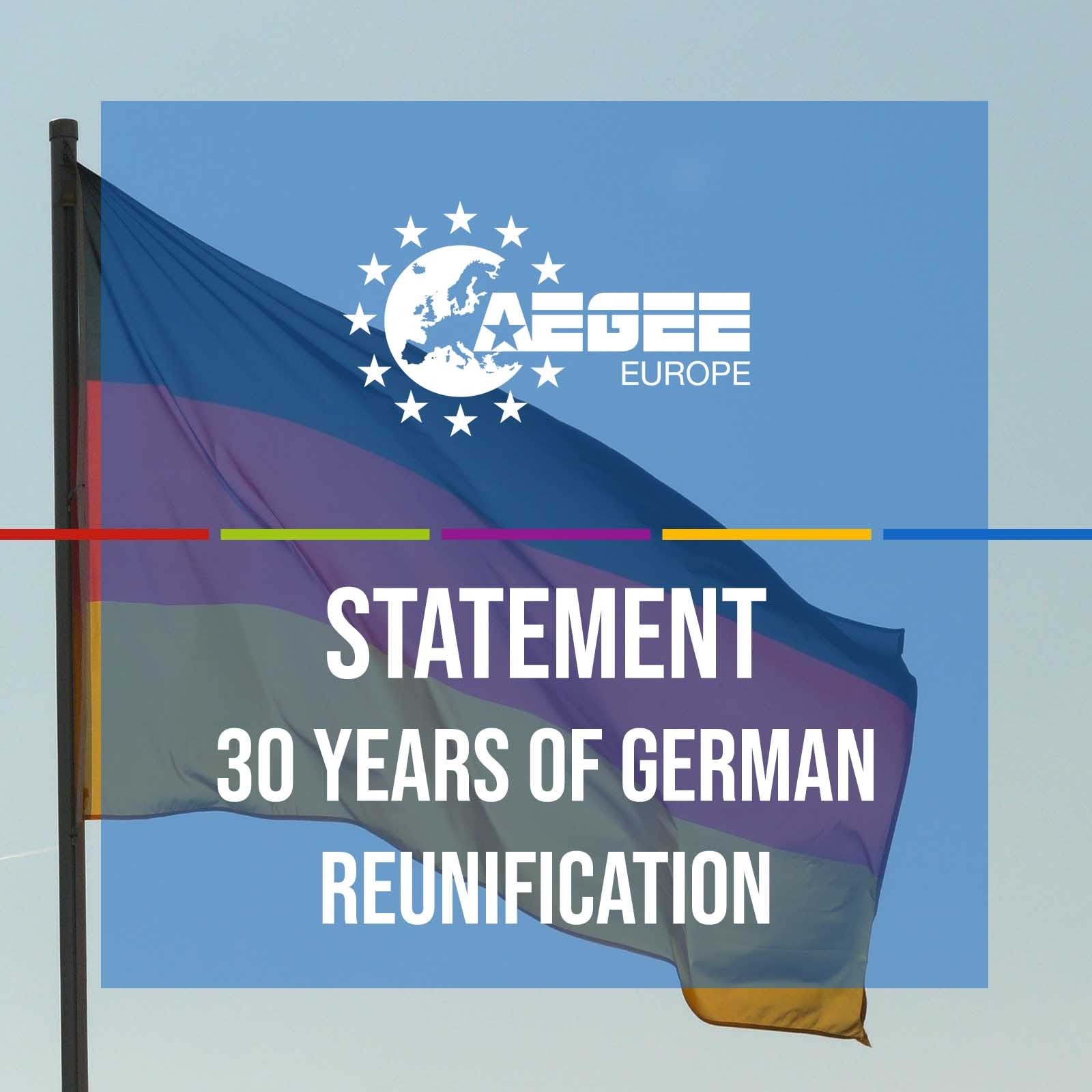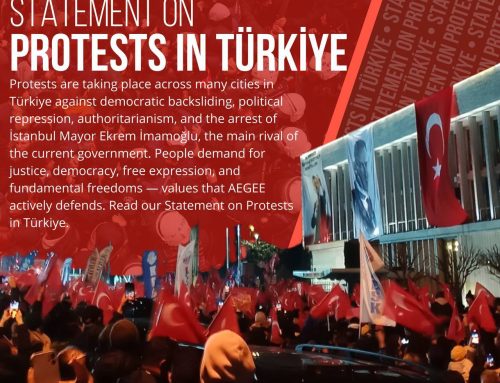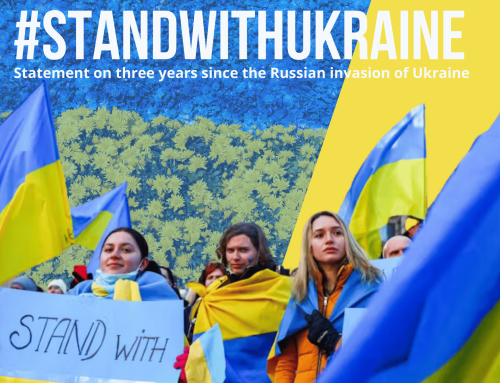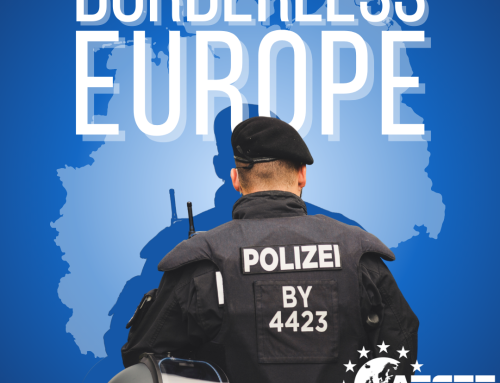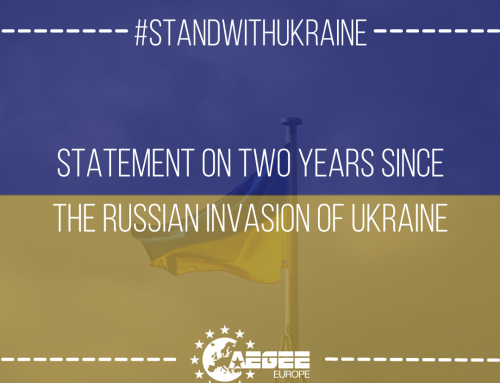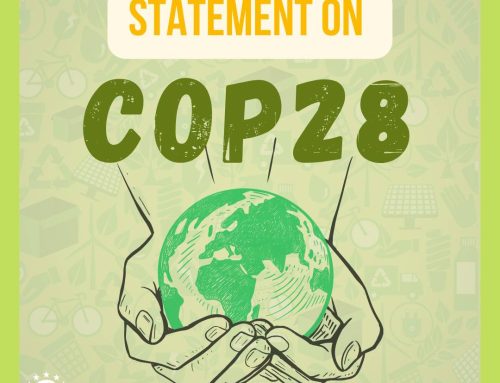On October 3rd 1990 the German Democratic Republic (GDR) officially became a part of the Federal Republic of Germany (FRG), thus forming the united German nation as we know it today (1).
After the second World War, Germany was occupied by the Allies. Following a period of uncertainty, and facing the imminent Cold War, the former Third Reich and Berlin were split into four sectors. The British, French, and American sector remained united, from which the FRG was founded. The GDR instead replaced the Soviet sector becoming- a one-party state with a dictatorial regime.
After years of conflicts and attempted approaches between both German states, peaceful protests in the GDR started to become bigger and bigger in 1989. With the pressure of the citizens reaching its peak, the SED (East German Communist Party – the only accepted party) leadership published a law to allow traveling on the 9th of November to stop the waves of emigration to West-Germany (2)(3).
Following this act, a press conference was held on the evening of the 9th of November where the government spokesman of the GDR Günther Schablowski explained that the law of free travel will come into force “immediately, without delay” (4).
Shortly after the first citizens of the GDR were already crossing the border to West-Berlin – the German wall fell and the process of formal reunification started. It ended successfully exactly 30 years ago (5).
The German reunification had many implications not only for Germany, but also for Europe as a whole. Families, which had long been separated, were reunited. Freedom became a reality for both parts of Germany. In the aftermath, the Iron Curtain fell, the Warsaw Pact was dissolved, and the Soviet Union disintegrated.
We are aware that 30 years after the German reunification, socio-economic differences remain between the former East- and West-Germany (6). AEGEE acknowledges the difficulties many citizens of the former GDR faced and continue to face. Hence, AEGEE believes that democracy, freedom and borderlessness are the cornerstones of a thriving society.
We as AEGEE see this peaceful unification of a country in the centre of Europe as an outstanding example of what democratic-minded people can achieve. We want to express our appreciation and admiration towards citizens of the former GDR for their constant but peaceful demands for freedom and democracy. Germany’s reunification was an integral part towards the Europe AEGEE is envisioning.
Nowadays, we see again peaceful protests of suppressed citizens in states all around the world (as a prominent example: Belarus).
We want to encourage such suppressed citizens to believe in their matter and demonstrate peacefully for their freedom. Often it is not a violent, but a peaceful protest that leads to success.
Sources:
- http://www.gesetze-im-internet.de/einigvtr/BJNR208890990.html
- https://archive.org/details/revolution1989fa00sebe/page/n11/mode/2up
- https://www.nbcnews.com/video/brokaw-reports-from-the-berlin-wall-337455683615
- https://www.youtube.com/watch?v=JbzhHGcEz-E
- https://www.berlin.de/mauer/geschichte/oeffnung-der-mauer/
- https://www.bbc.com/news/world-europe-11447587

